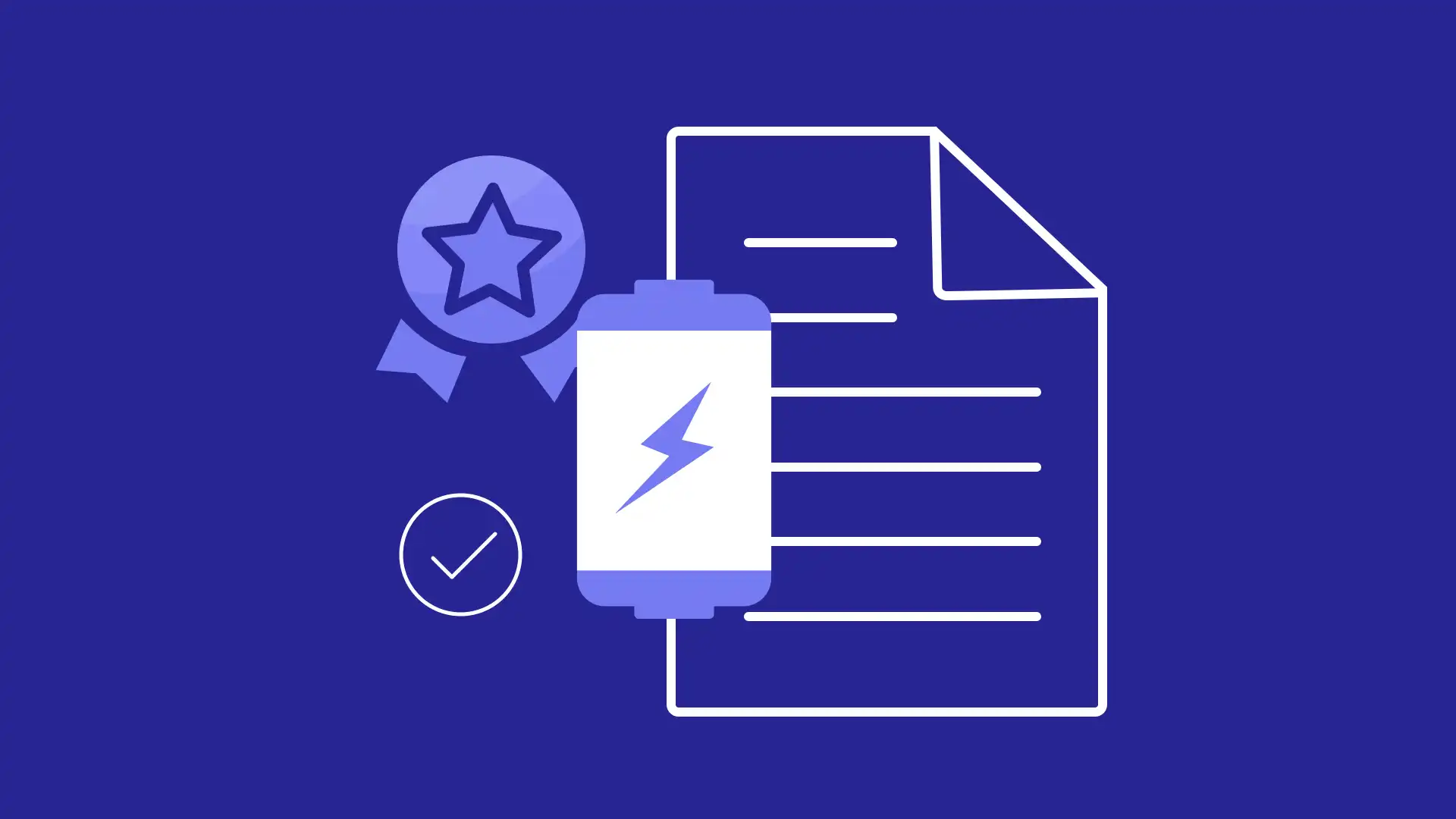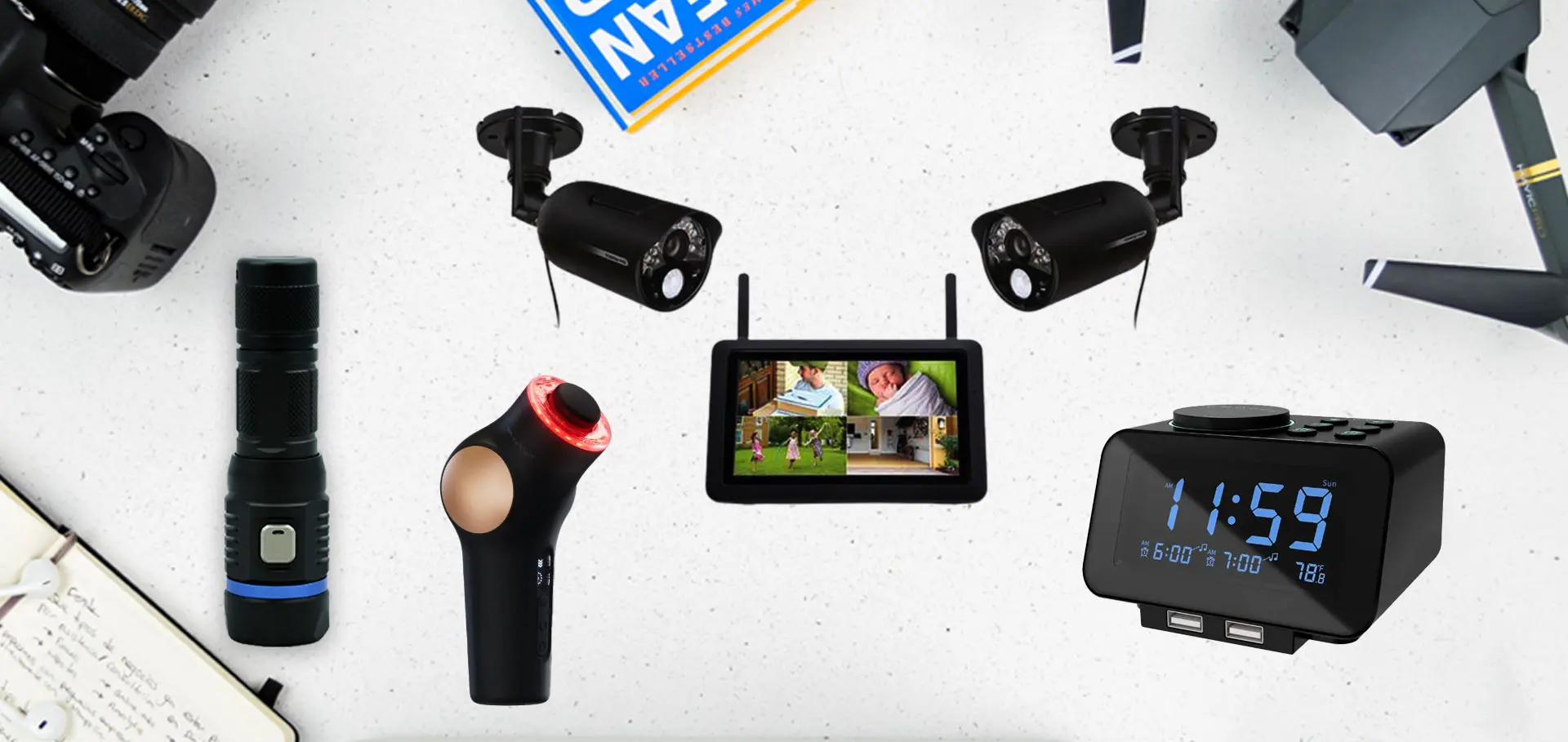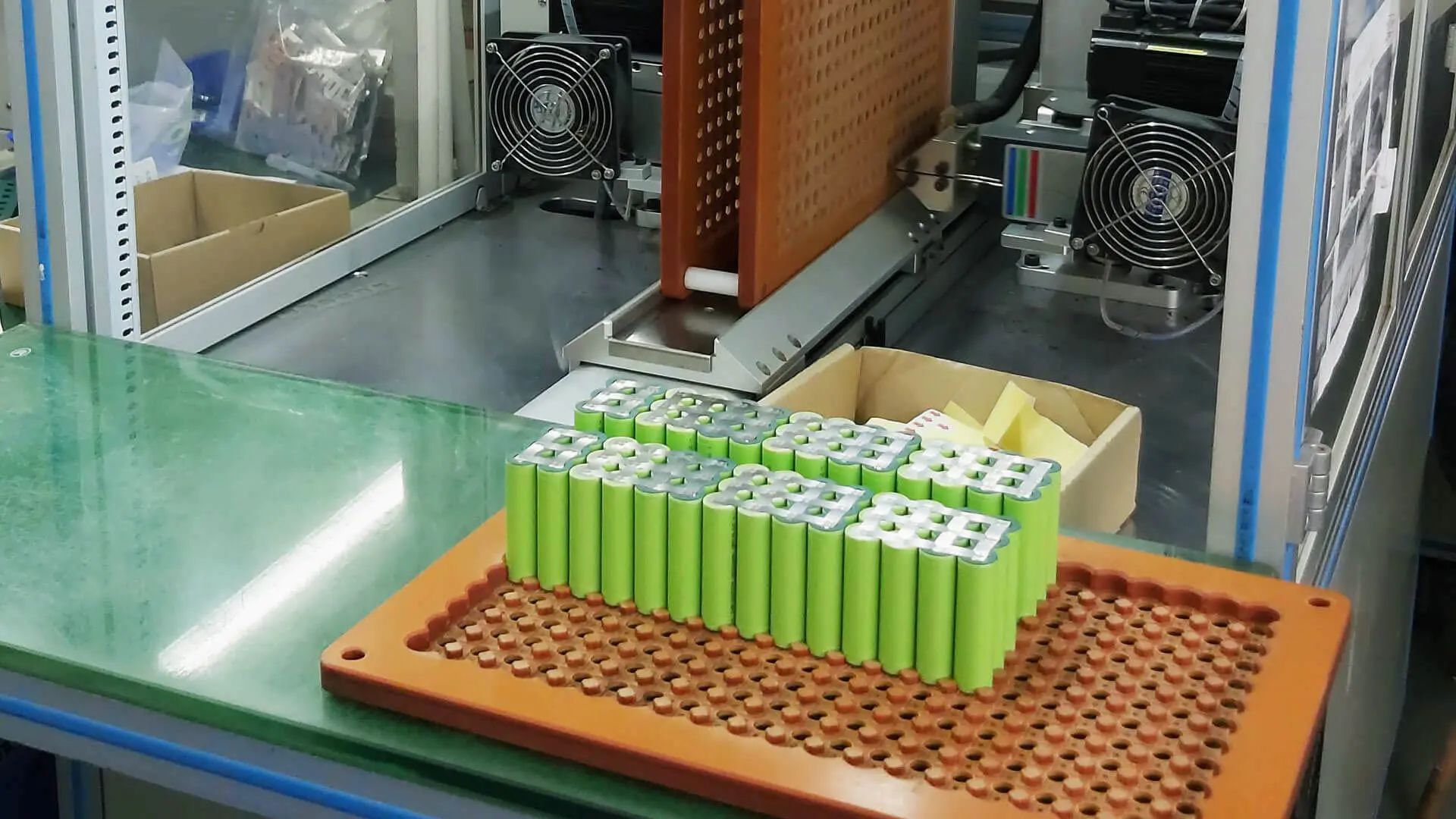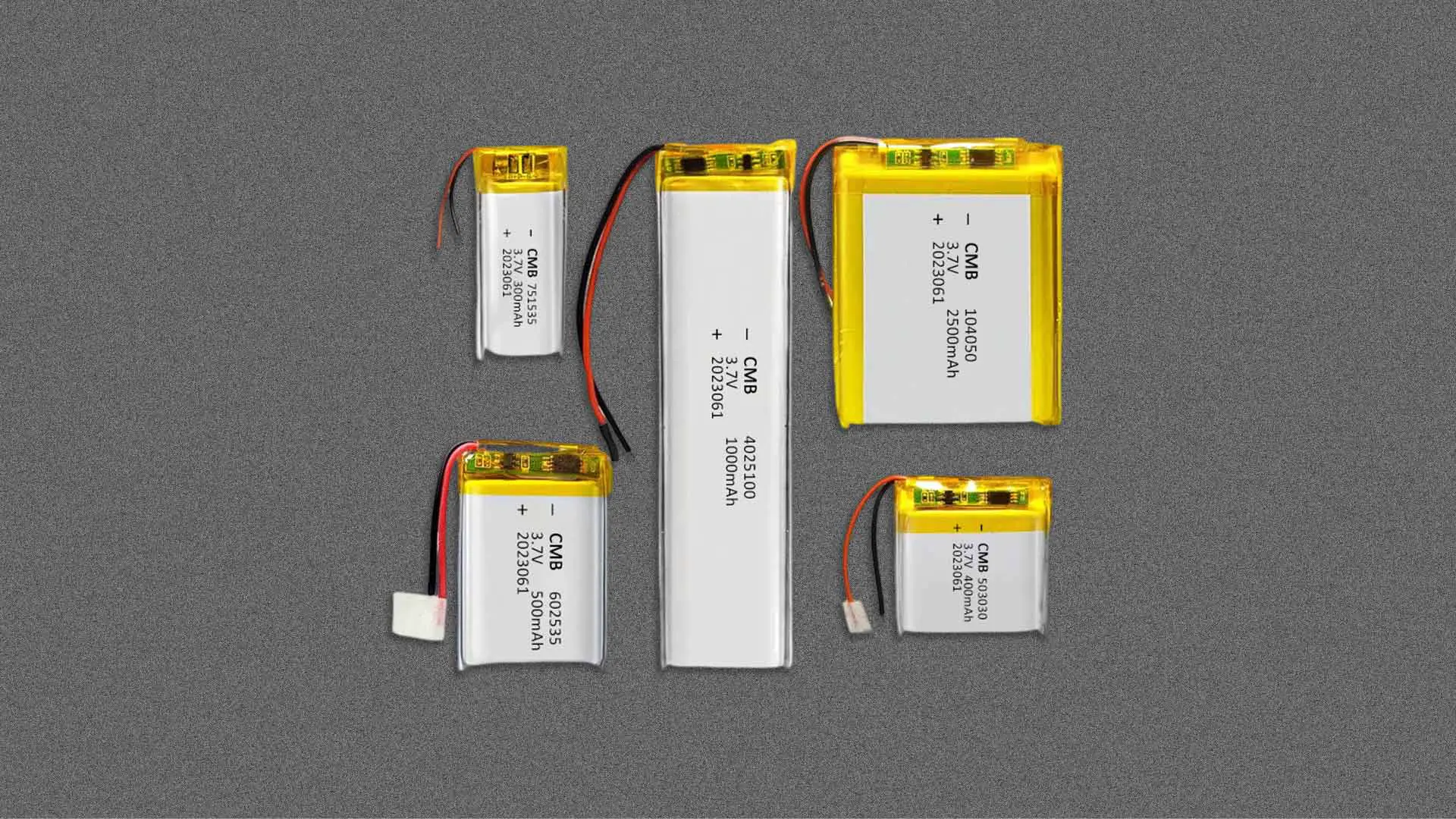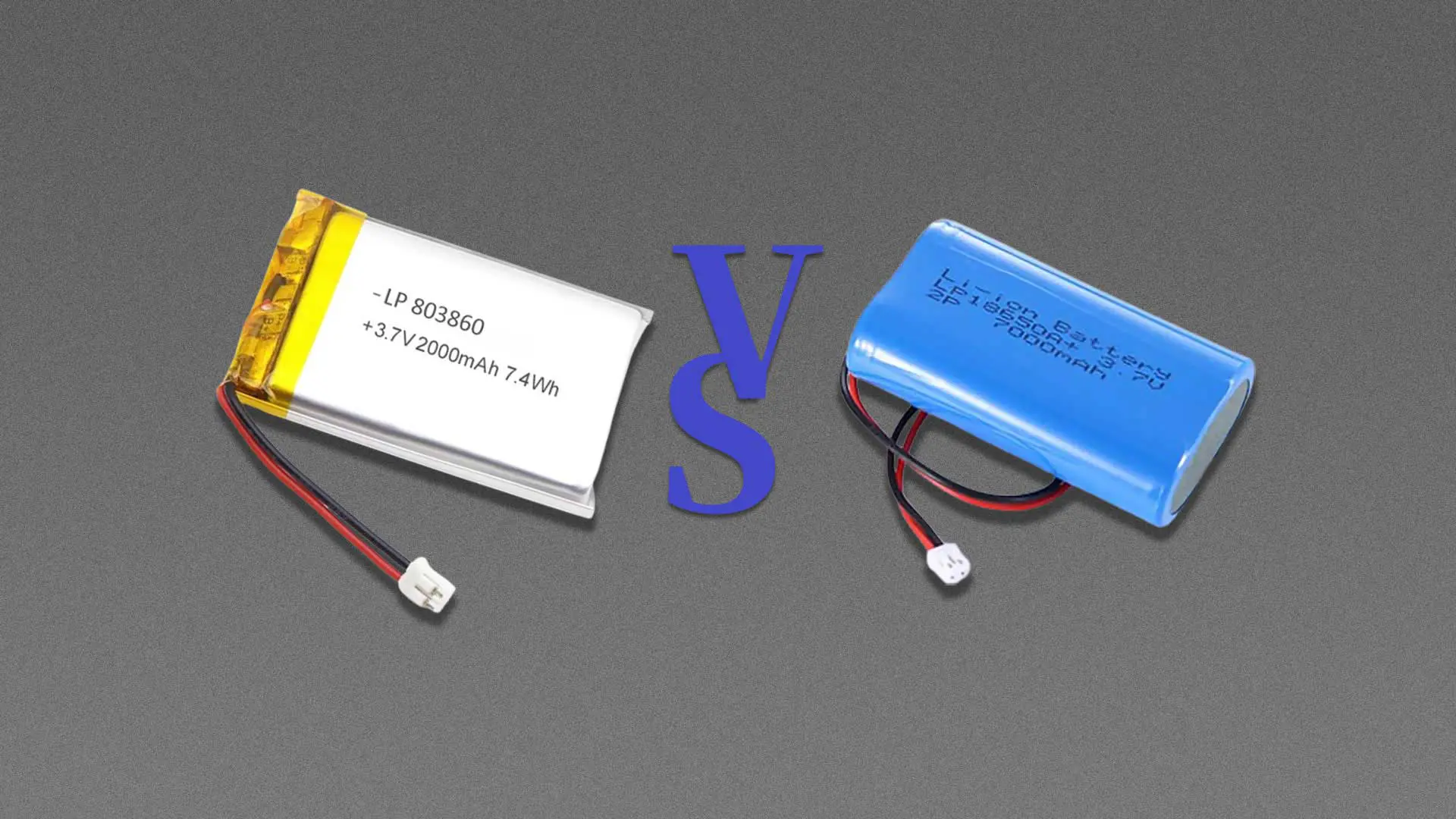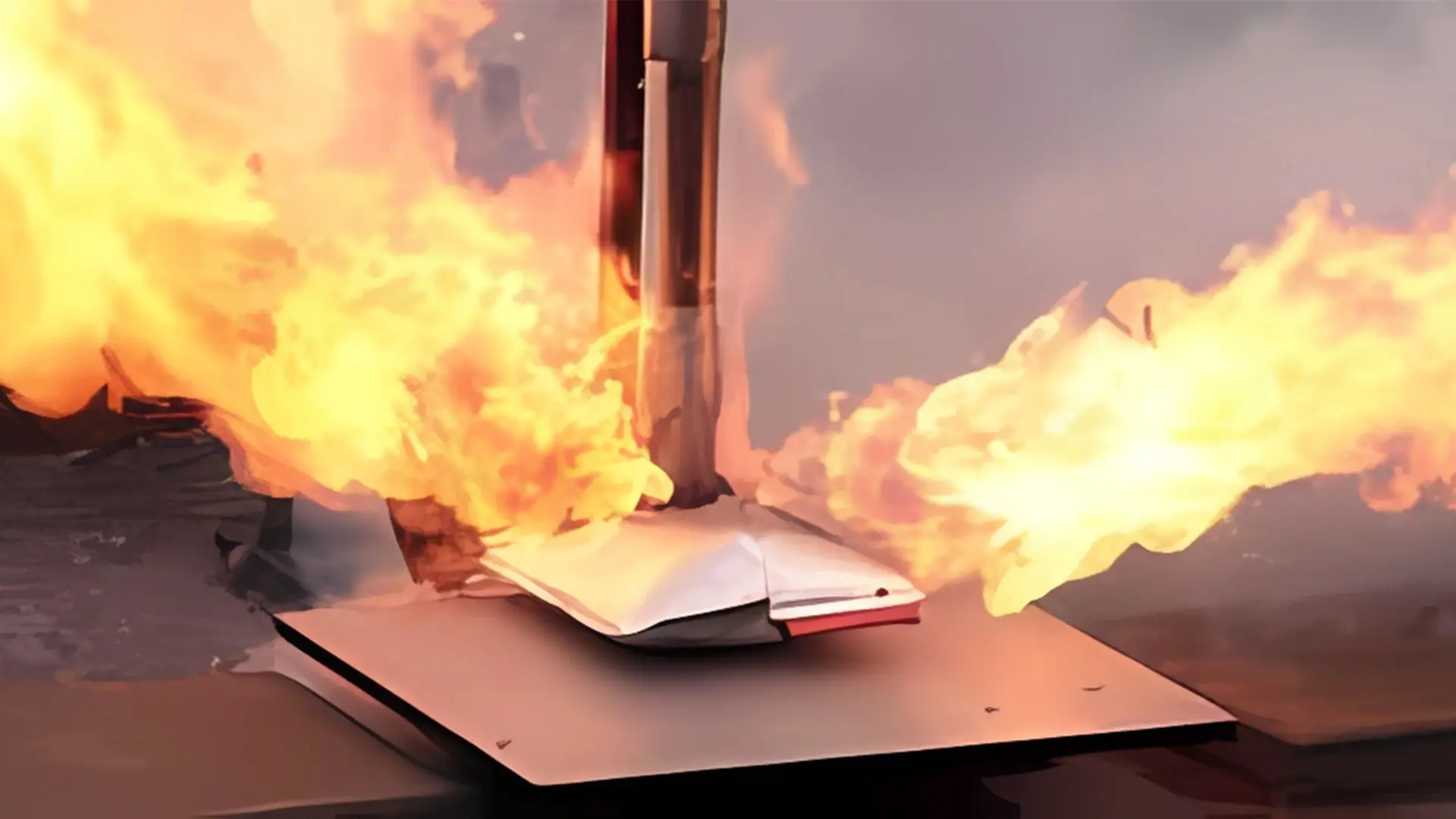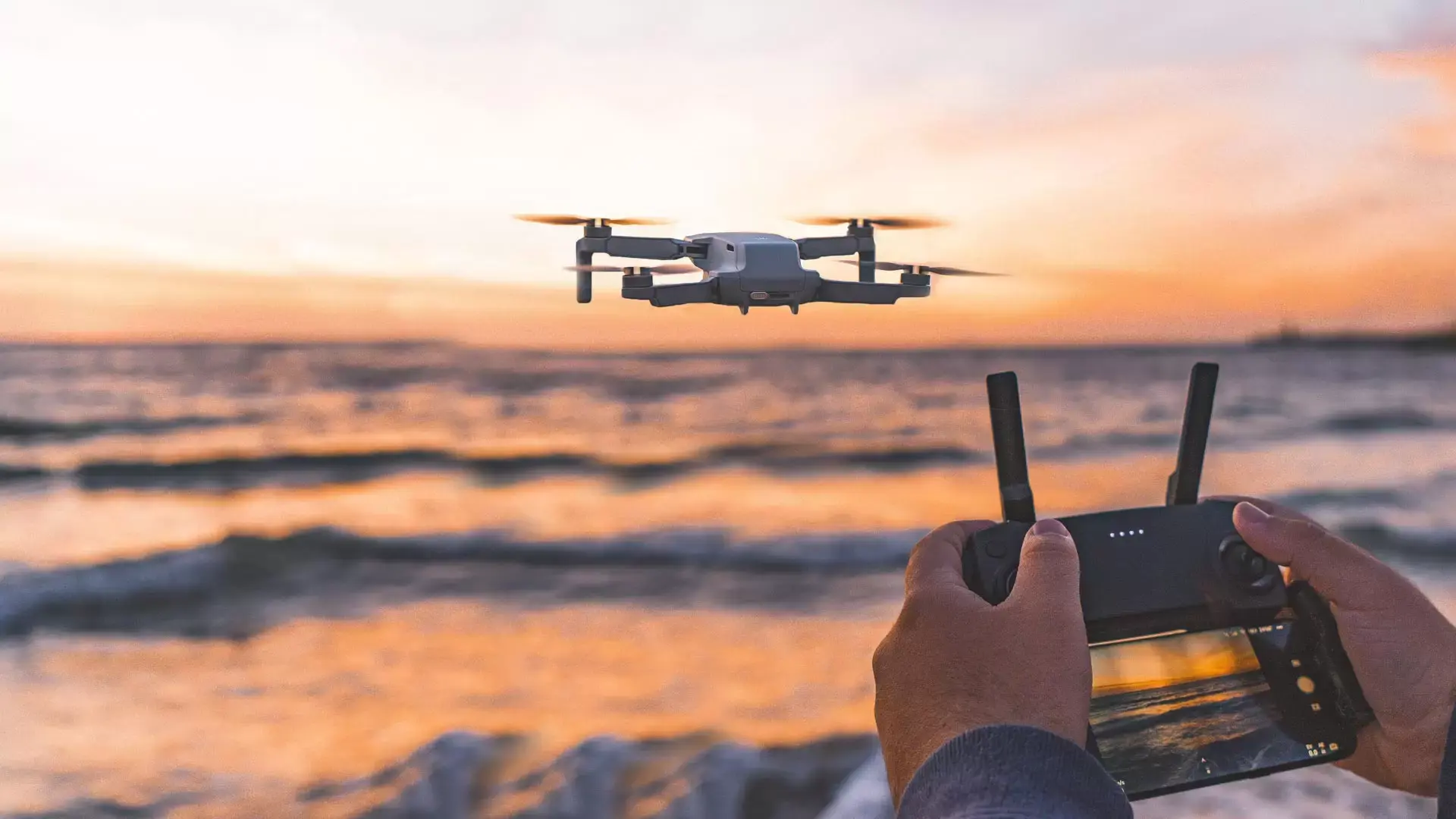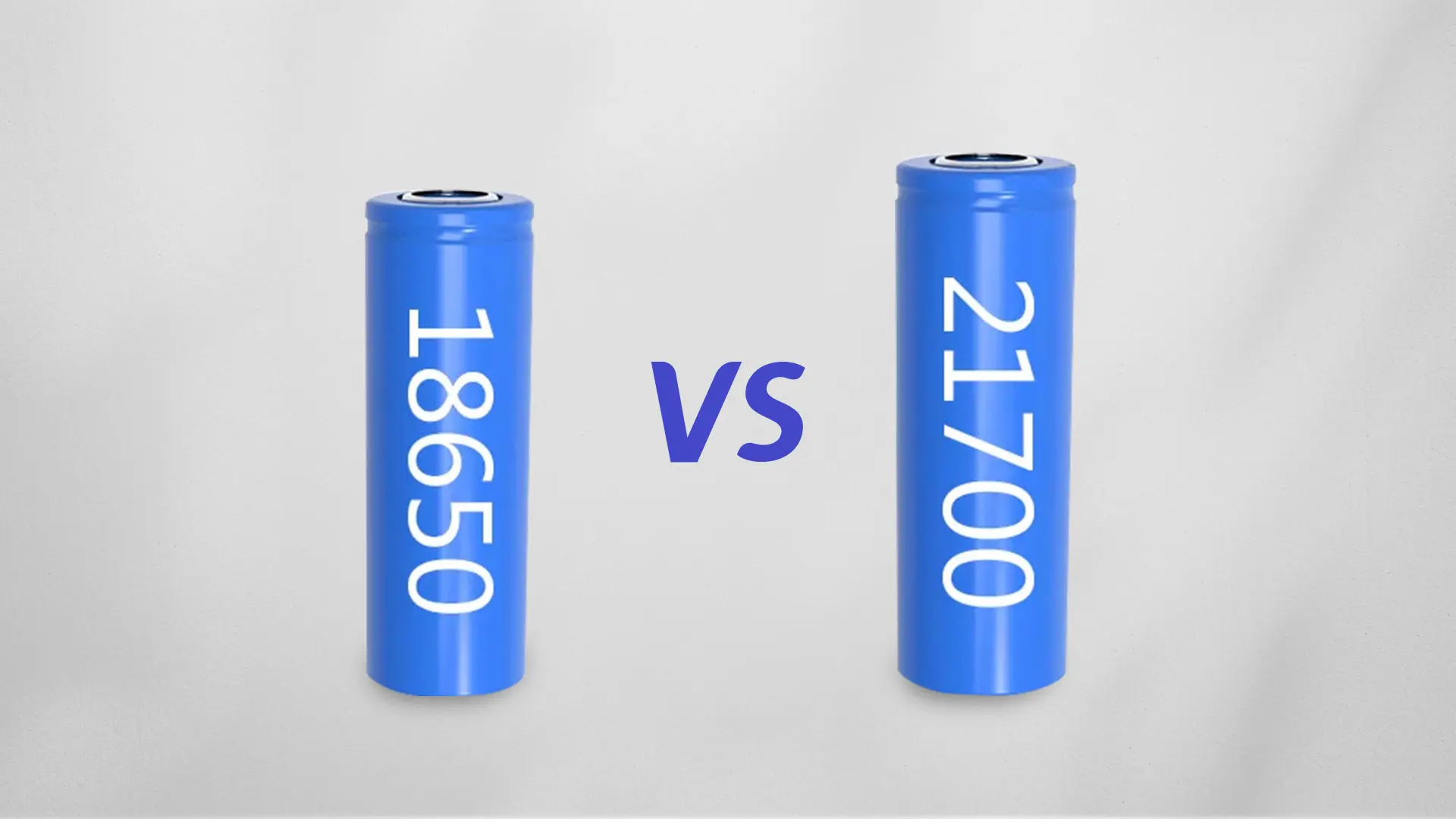In today’s fast-paced, technologically driven world, the demand for longer-lasting and more powerful batteries is rapidly increasing. This is especially true in industries such as industrial equipment, outdoor power tools, and electric vehicles (EVs), where high-capacity lithium-ion batteries are becoming essential. The benefits of understanding and incorporating the highest capacity lithium ion battery into your products can be transformative for your business.
Understanding Battery Capacity
Battery capacity, typically measured in milliamp-hours (mAh), can seem technical at first, but it’s a simple concept once you break it down. Essentially, the higher the mAh rating, the longer a device can operate before needing a recharge.
Think of mAh like the size of a fuel tank in a car. The bigger the tank (higher mAh), the longer you can go between fill-ups (recharges). For instance, a battery rated at 3000mAh can supply 3000 milliamps of current for one hour, or 1000 milliamps for three hours, and so on. This flexibility means that higher mAh batteries provide more power over time.
Battery capacity plays a crucial role in the day-to-day use of electronic gadgets, and high-capacity lithium-ion batteries can offer several significant benefits:
- Longer Runtime: One of the most noticeable advantages is extended usage time. Whether you’re using a flashlight during a long camping trip or relying on a cordless power tool, a high-capacity battery ensures you don’t run out of power at critical moments.
- Reduced Charging Frequency: A larger battery capacity means fewer recharges, which is not only convenient but also extends the overall lifespan of your battery. Every battery has a limited number of charge cycles, so reducing the frequency of charging can help prolong its life.
- Improved Performance in High-Drain Devices: High-capacity lithium-ion batteries perform consistently in devices that demand a lot of power, like electric tools or e-bikes. These devices require sustained energy, and high-capacity batteries provide constant performance without suffering from early power loss or dips in power output.
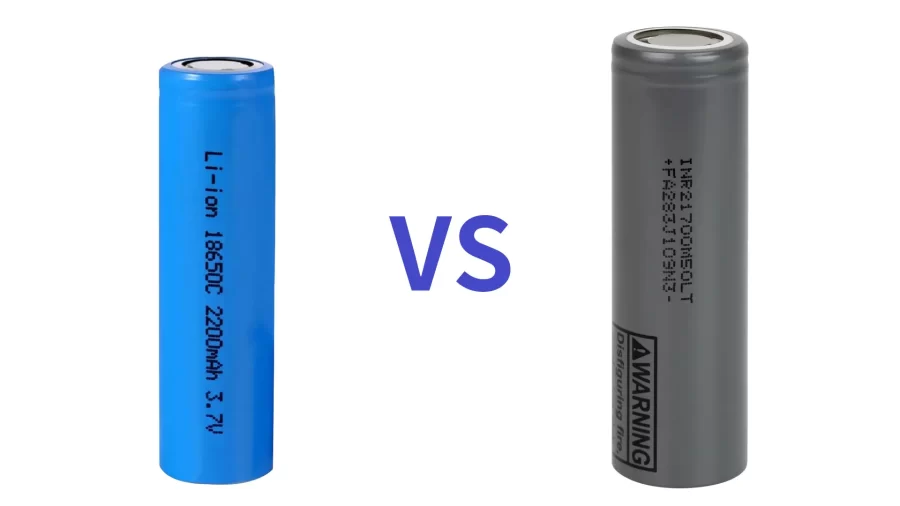
Popular High-Capacity Lithium-Ion Batteries: 18650 vs. 21700
When discussing the highest capacity lithium-ion battery, two models dominate the current market:
Highest Capacity 18650 Battery Cell
18650 battery has been a reliable source of rechargeable lithium-ion cells. The highest capacity 18650 battery is CM Batteries 061-18650(3800mAh) and CM Batteries 063-18650(4000mAh). These two models are best suited for assembling into 1S, 2S, 1P, or 2P configurations. Larger configurations are generally not recommended. Similarly, the Sanyo NCR18650GA (3500mAh), LG MJ1 (3500mAh), Molicel M35A (3500mAh), and Samsung 35E (3500mAh) are also popular lithium-ion battery models.
| Brand | Type | Dimension | Nominal | Nominal voltage | Maximum voltage | Discharge current |
| Panasonic | NCR18650G | 18650 | 3600mAh | 3.6V | 4.2V | Maximum continuous 7.2A |
| LG | INR18650-M36 | 18650 | 3600mAh | 3.6V | 4.2V | Maximum continuous 5A |
| Samsung SDI | 35E | 18650 | 3500mAh | 3.6V | 4.2V | Maximum continuous 8A |
| Sanyo | NCR18650GA | 18650 | 3500mAh | 3.6V | 4.2V | Maximum continuous 10A |
| LG | MJ1 | 18650 | 3500mAh | 3.6V | 4.2V | Maximum continuous 10A |
| Molicel | M35A | 18650 | 3500mAh | 3.6V | 4.2V | Maximum continuous 10A |
| CM Batteries | 061 | 18650 | 3800mAh | 3.6V | 4.2V | 1C (3800mA) |
| CM Batteries | 063 | 18650 | 4000mAh | 3.6V | 4.2V | 1C (4000mA) |
These high-capacity 18650 batteries provide an excellent balance between capacity, cost, and availability, making them versatile and suitable for various applications. If you’re looking for a battery that delivers long runtimes without compromising performance, these models are great options for everything from personal electronics to industrial tools. But CM Batteries 063-18650 (4000mAh) will be your best bet because it is suitable for high-drain devices like powerful flashlights or portable power banks where every extra minute of usage counts.
When evaluating batteries for assembly or incoming inspection, it’s crucial to understand that the advertised capacity (such as 3600mAh) might not always match the actual performance observed in practical use. Even though reputable manufacturers like Panasonic, LG, and Samsung undergo rigorous testing to ensure accuracy, real-world factors can affect a battery’s performance. The conventional approach is to fully charge the battery and then discharge it at a set current (generally 0.2C) until it hits its cut-off voltage. The charge given throughout this operation corresponds to the battery’s real capacity.
The Highest-Capacity 18650 Lithium Cells – CM Batteries 061 & 063
As a custom battery pack manufacturer, we only cooperate with well-known brands but we are cautious of cells claiming capacities significantly higher than 3500mAh of 18650. With the CM Batteries 061-18650 and 063-18650, you can be confident you’re getting genuine, accurately rated cells from a reliable source. We always do the testing for incoming inspections and capacity to ensure that you are receiving genuine, accurately rated batteries from reliable sources. Our high capacity batteries are widely used for arrow boards with trailers and solar lightings.
Highest Capacity 21700 Battery Cell
The shift from 18650 to 21700 batteries is a significant development in the battery industry, driven by the need for higher capacity and better performance. 21700 cells offer 4000mAh or more, a substantial increase over the high power 18650 lithium ion battery which support higher charge and discharge currents, making them suitable for high-power applications. If you want to learn about the specific differences between 18650 and 21700 batteries, you can check out this article: 21700 VS 18650 Batteries for Real-world Applications. If you desire longer runtime, better performance, and how to be safer, this article explores a comprehensive guide about 21700 batteries compared to 18650 cells.
The most widely used high-capacity 21700 lithium batteries on the market today are the Samsung 50E (5000mAh) and Panasonic NCR21700A (5000mAh). Both are known for their excellent energy density and reliable performance. They are especially suitable for high-power flashlights, e-bike battery packs, and portable power stations. Most customers are willing to upgrade their 18650 battery pack solutions to 21700 battery pack solutions. Tesla was one of the first major manufacturers to adopt 21700 cells in their vehicles, citing improved range and performance.
| Brand | Type | Dimension | Nominal capacity | Nominal voltage | Maximum voltage | Discharge current |
| Panasonic | NCR21700A | 21700 | 5000mAh | 3.6V | 4.2V | Maximum continuous 15A |
| Samsung | 50E | 21700 | 5000mAh | 3.6V | 4.2V | Maximum continuous 9.8A |
| LG | INR21700-M50LT | 21700 | 5000mAh | 3.69V | 4.2V | Maximum continuous 14.4A |
| EVE | 40PL | 21700 | 4000mAh | 3.65V | 4.2V | Maximum continuous 70A |
| Molicel | P50B | 21700 | 5000mAh | 3.6V | 4.2V | Maximum continuous 60A |
| CM Batteries | 060 | 21700 | 5500mAh | 3.6V | 4.2V | 1C (5500mA) |
| CM Batteries | 064 | 21700 | 6000mAh | 3.6V | 4.2V | 1C (6000mA) |
The Highest-Capacity 21700 Lithium Cells – CM Batteries 060 & 064
The CM Batteries 060-21700 (5500mAh) and CM Batteries 064-21700 (6000mAh) represent the latest breakthrough in lithium battery technology—and are currently the only 21700 cells in the world to reach this record-breaking capacity. Through repeated testing and precise calculations, we have verified their performance, ensuring unmatched energy density and reliability. These two models are best suited for assembling into 1S, 2S, 1P, or 2P configurations, where their ultra-high capacity can deliver maximum efficiency. Due to their size and optimal operating range, they are not recommended for larger-capacity multi-series or multi-parallel packs.
Factors to Consider When Choosing Highest Capacity Lithium Ion Battery
When choosing 18650 batteries, it’s essential to strike a balance between capacity (measured in milliamp hours, or mAh) and continuous discharge rating (CDR), which indicates how much current (measured in amps) the battery can safely provide without overheating or damaging itself. These two factors are crucial, but they are often inversely related—meaning batteries with higher capacity typically have lower CDRs and vice versa. However, the 18650 capacity affects the current rating (CDR). As a result, you should consider choosing a high-current battery or a maximum capacity of 18650 battery cells. It’s important for matching battery specs with device needs.
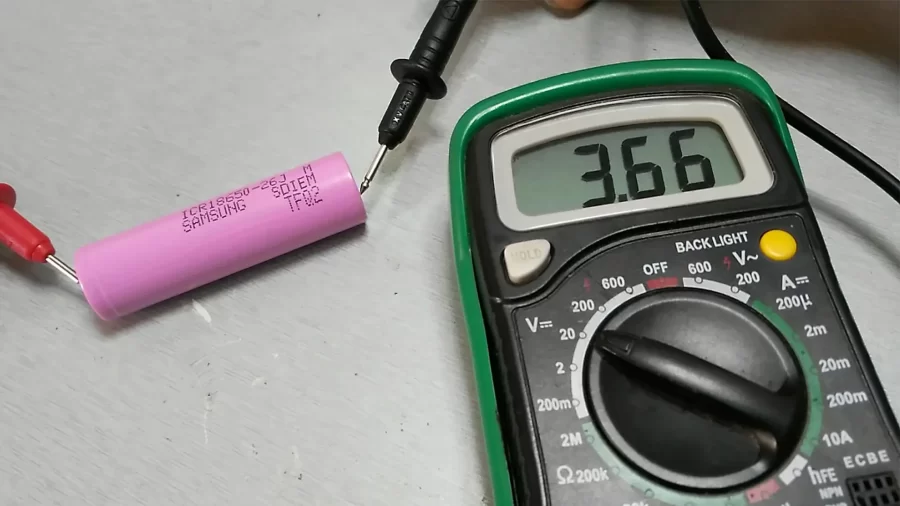
Safety and performance are paramount when choosing 18650 batteries. With the rise of counterfeit or low-quality batteries in the market, it’s critical to select well-established brands like Samsung, LG, and Panasonic, which have a proven track record of reliability and rigorous safety testing. Fake high-capacity batteries, particularly those boasting 4000mAh or more per 18650 cells are dangerous. Do remember to make purchases from reputable sources.
When choosing between 18650 and 21700 batteries, several additional factors come into play beyond just capacity and performance. Key considerations like weight, size, battery chemistry, and longevity are critical for making the right choice based on your specific needs.
FAQs for High-Capacity Lithium Ion Battery
To complete this guide on high-capacity lithium-ion batteries, let’s address some frequently asked questions (FAQs) that consumers often encounter when selecting and using these batteries.
Q: How do I know if a battery’s capacity is genuine?
A: Purchasing an 18650 battery tester and charger is a practical and accessible way for consumers to determine the capacity and performance of their batteries. While it’s true that such devices won’t match the precision of lab-grade equipment, they offer a reliable and cost-effective way to get a general idea of a battery’s actual capacity and condition.
Q: Do higher capacity 18650 batteries last longer?
A: Yes, generally speaking, higher capacity 18650 batteries will last longer in terms of runtime between charges.
Q: How many charge cycles can I expect from a high-capacity 18650 battery?
A: The number of charge cycles is determined by a variety of factors, including battery quality, how to use and charge, and the depth of discharge in each cycle. High-quality 18650 batteries can provide 300-500 full charge cycles before experiencing substantial capacity loss, with some premium versions claiming up to 1000 cycles.
Q: Is the higher the lithium battery capacity, the better?
A: You cannot simply classify a lithium battery with a bigger capacity because each appliant has unique requirements for battery pack. A superior lithium battery is the best one which match to the requirements.
Q: Is 80% maximum battery capacity bad?
A: If a battery is equivalent to 80% DoD, it is typically deemed abandoned.
Q: Can I replace my device with a higher capacity battery or a lower capacity battery?
A: It depends on the device. If the device uses standard 18650 or 21700 batteries and does not have special current draw limitations, you can replace to a larger capacity battery. However, for devices with built-in batteries or specialized power requirements, you had better to follow the manufacturer’s guidelines.
Q: Is there a risk of overloading my device with a high-capacity battery?
A: The device uses only the current it requires, independent of the battery’s capacity. However, it is always preferable to use batteries that fulfill your device’s requirements, including any minimum and maximum capacity ratings, if available.

